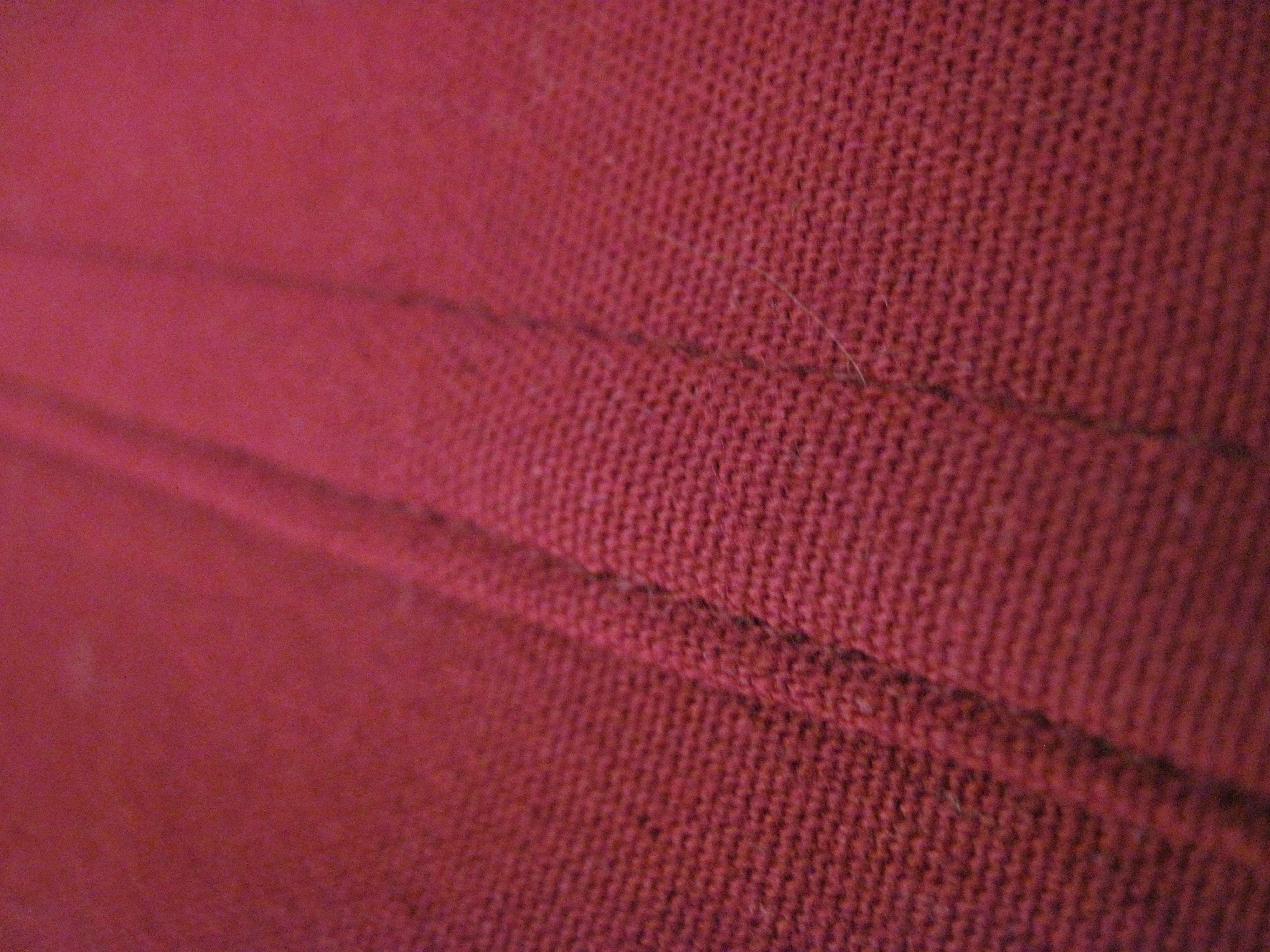Your seam will make or break your project, so understanding seams will help create an item that will have both form and function. A seam finish is used to make the raw edge of your seam allowance look cleaner, but it also keeps fabrics from fraying or unraveling. But before you choose a seam finish, there are three important factors to consider.
Fabric Type and Weight
Some fabrics are more delicate than others. If you're working with a finely woven lace, you'll have to use a different seam finish than you would if you were using a heavy wool. You might only pink the wool, but you'll probably have to hand overcast or even tricot bind the lace. A knit fabric may need an overlock seam. You must take your fabric type into account when choosing your seam finish.
Garment Type
Almost as important as the fabric is the type of garment you'll be creating. If seams are visible during wear, you might opt for welt, fagotting, cord, or even hand pick when finishing the seams. Standard seams are fine for any project where the seams are hidden inside the the finished product.
Frequency of Use and Laundering
Wearing and washing garments slowly weakens all seam finishes. If you're going to be wearing something every day, you might choose an overedge seam or even bias tape binding to get the most life out of your garments. If you're hardly going to wear it (or if it's home decor project), hand overcast or topstitching might do.
In the coming weeks I'll explore the thirty most common seam finishes. Some of these are practical, some are decorative, but all are useful when sewing, either for the beginner or the seasoned professional.
